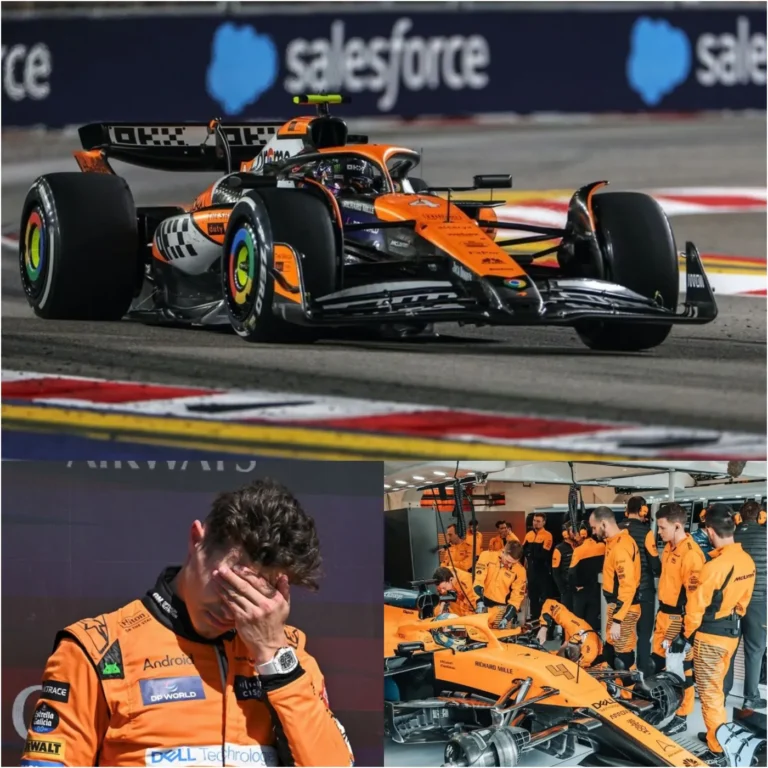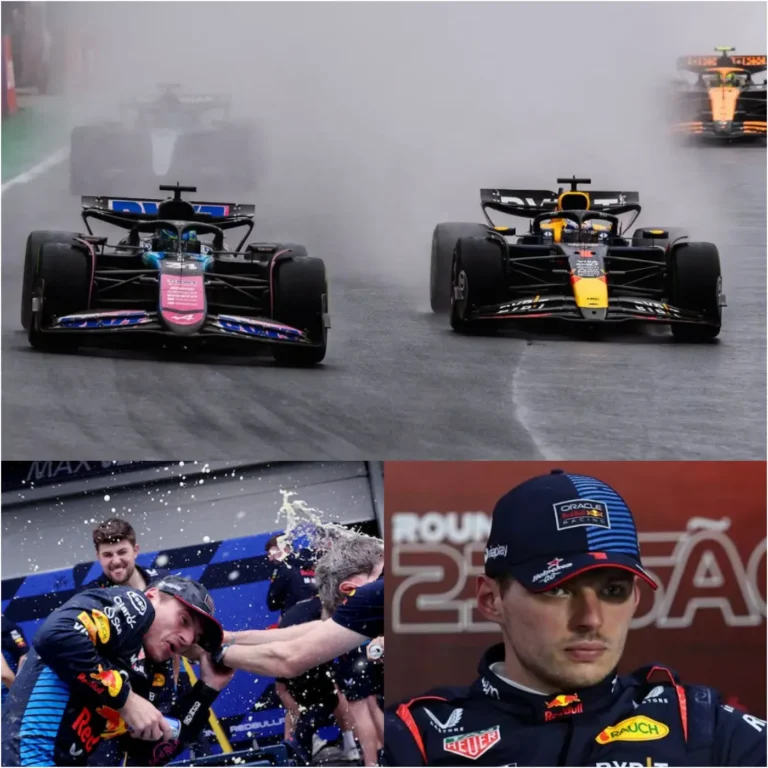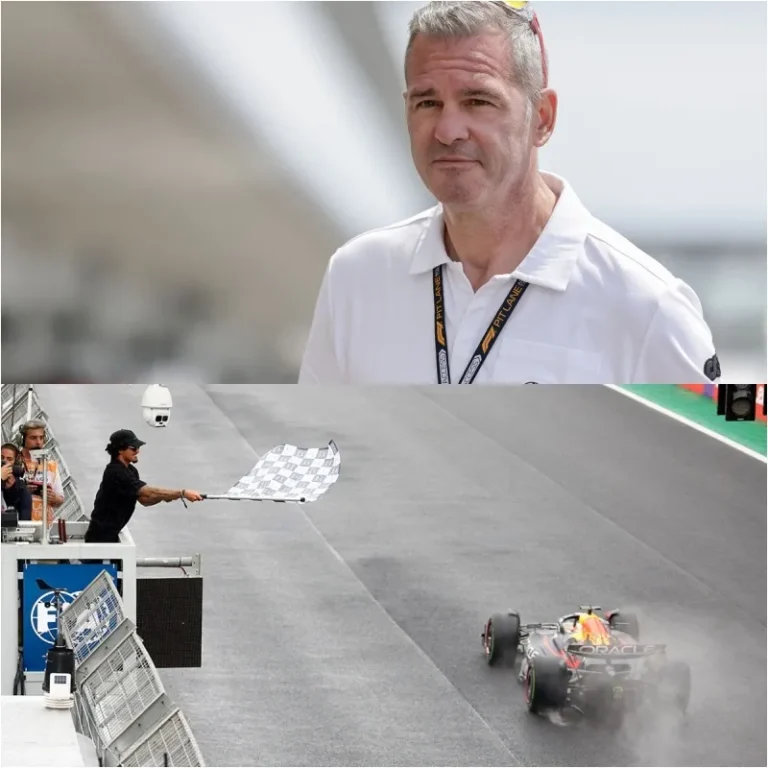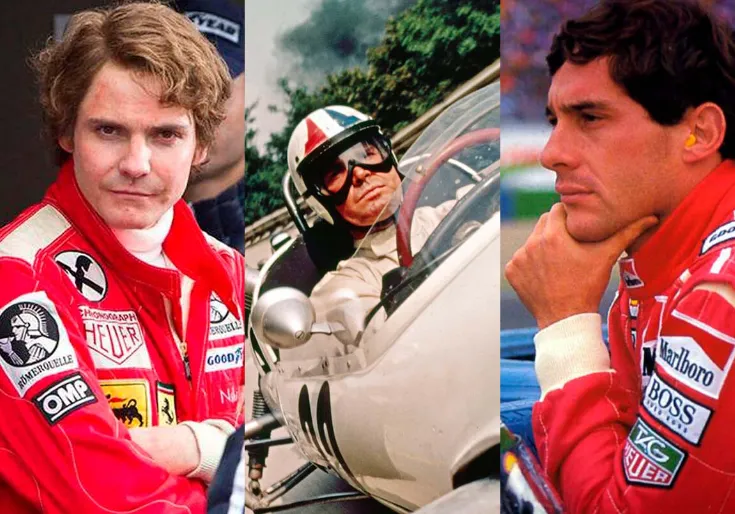
Formula 1, the pinnacle of motorsport, has undergone a remarkable transformation since its inception in the 1950s. This article explores the evolution of Formula 1, highlighting key technological advancements, significant rule changes, and legendary drivers who have shaped the sport into the high-octane spectacle we see today.

The journey began in 1950 when the first F1 World Championship was held. The early years featured simple racing cars, powered by naturally aspirated engines and designed for speed and agility. The iconic Ferrari, led by legendary drivers like Juan Manuel Fangio, quickly became a symbol of racing excellence. As the sport gained popularity, the demand for innovation and speed drove teams to explore new technologies.
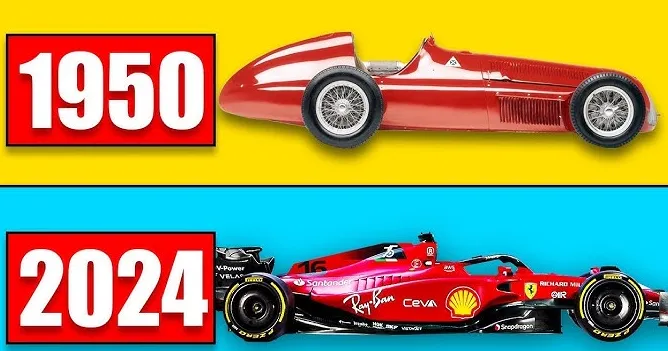
The 1960s and 1970s marked a period of rapid technological advancement. The introduction of rear-engine cars revolutionized race dynamics, enhancing handling and cornering speeds. Innovations such as aerodynamics began to play a critical role in car design, with the iconic Lotus 49 featuring a revolutionary aerodynamic shape that would influence generations of cars to come.
In the 1980s, turbocharged engines dominated the sport, allowing for unprecedented horsepower and speed. This era saw legendary drivers like Ayrton Senna and Alain Prost engage in fierce rivalries, captivating fans worldwide. The technological arms race led to the introduction of advanced materials, such as carbon fiber, which enhanced car safety while reducing weight.
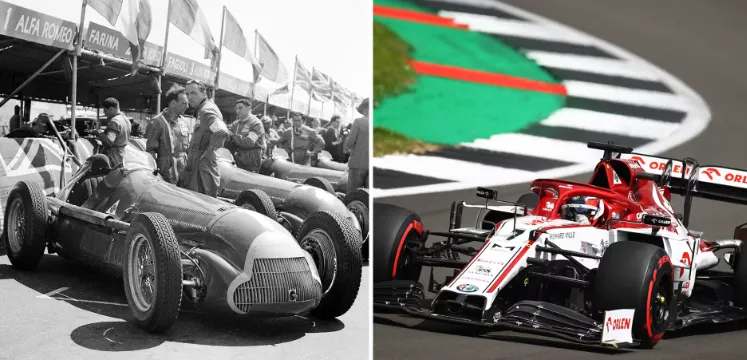
The 1990s introduced a new wave of regulations aimed at improving driver safety, including the introduction of head protection systems and crash testing standards. Despite these changes, the late 1990s and early 2000s witnessed the dominance of Michael Schumacher, whose unparalleled skill and strategic acumen led to multiple championships with Ferrari.
As the 2010s arrived, Formula 1 saw the implementation of hybrid power units, combining traditional combustion engines with electric power. This shift towards sustainability marked a significant change in the sport’s landscape, as teams adapted to new regulations while maintaining competitive performance. The introduction of the DRS (Drag Reduction System) and ERS (Energy Recovery System) showcased the blend of technology and strategy in modern racing.
Today, Formula 1 continues to evolve, embracing sustainability and innovation as central themes. With a goal to achieve net-zero carbon emissions by 2030, the sport is actively exploring eco-friendly solutions while captivating fans with thrilling races. The journey of Formula 1 from its humble beginnings to a technologically advanced spectacle is a testament to the passion, innovation, and relentless pursuit of excellence that define the sport.
